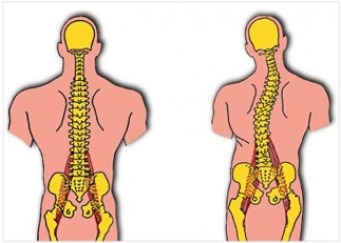FAQ - What is a Subluxation?
When one or more vertebrae in your spine lose their correct alignment, it causes irritation of the nerves and spinal cord and causes a malfunction or interference in the nervous system, that is, in the messages that normally travel from your brain to the rest from her body.
Have you ever had a toothache?
In the same way that a cavity can irritate a tooth and cause a lot of pain, an irritation of the nerves from subluxed vertebrae causes inflammation and pain.
Subluxation causes your muscles to develop hypertonic states, spasms, contractions, or degeneration. Your muscles overwork causing energy expenditure resulting in fatigue, tiredness and muscle pain.
When fibrosis appears in the joint, capsules and ligaments lose their elasticity, limiting the range of motion, and a local inflammatory process begins in the tissues adjacent to the subluxation. In addition, edema, vascular problems and the disc roof degenerates causing painful herniated discs , their ligaments calcify and lose their flexibility.

Pain is the response to irritation of the spinal nerves, of the vertebral joints, of the capsules, tendons, ligaments or of the disc tissue, it can manifest itself immediately or after years.